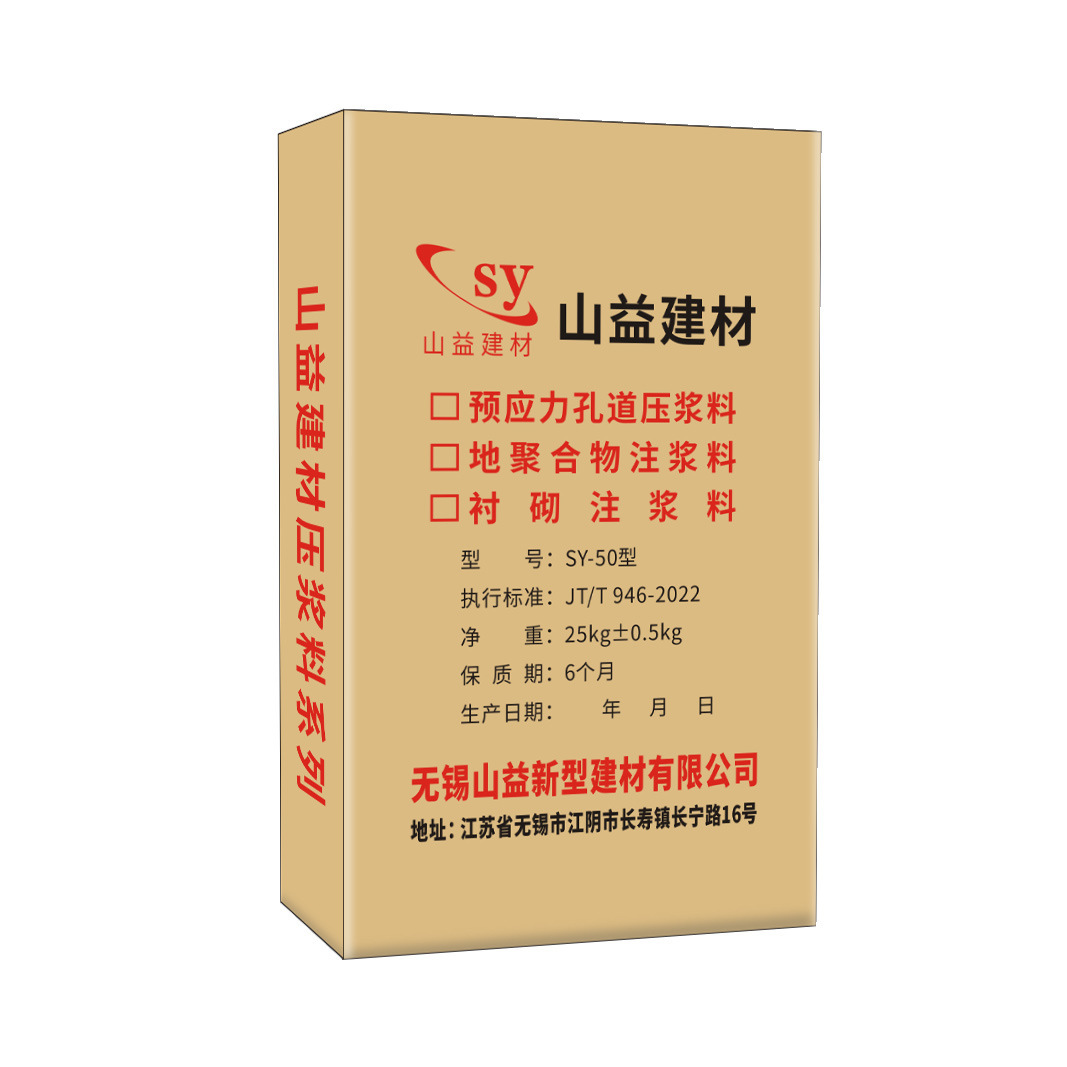When it comes to interior design and renovation, one of the most significant decisions homeowners and builders face is the choice of materials for interior walls. The right selection can dramatically affect both the aesthetic appeal and the overall cost of a project. In this article, we will delve into the cheapest options for interior walls, examining various materials, their costs, benefits, and potential drawbacks. This comprehensive guide aims to provide practical insights for those looking to maximize their budget without compromising on quality.
Understanding the Basics of Interior Wall Materials
Before diving into specific options, it’s essential to understand the primary functions of interior walls. They serve as structural elements, provide privacy, and contribute to the overall insulation and acoustics of a space. The choice of material can influence not only the cost but also the durability and maintenance requirements of the walls.
- Drywall (Gypsum Board)
Cost: Approximately $10 to $15 per sheet (4x8 feet)
Drywall, also known as gypsum board, is one of the most common and cost-effective materials for interior walls. It is lightweight, easy to install, and can be finished with paint or wallpaper to achieve a desired look.
Benefits:
- Affordability: Drywall is relatively inexpensive compared to other materials.
- Ease of Installation: It can be cut and installed quickly, reducing labor costs.
- Versatility: Available in various thicknesses and types (moisture-resistant, fire-resistant), making it suitable for different environments.
Drawbacks:
- Durability: While drywall is suitable for most areas, it can be prone to damage from impacts or moisture if not properly treated.
- Plywood
Cost: Approximately $15 to $30 per sheet (4x8 feet)
Plywood is another economical option for interior walls, particularly in utility spaces like garages or workshops. It offers a robust structure and can be painted or stained for aesthetic appeal.
Benefits:
- Strength: Plywood is more durable than drywall and can withstand impacts better.
- Aesthetic Options: It can provide a warm, natural look when finished properly.
Drawbacks:
- Installation Complexity: Plywood can be more challenging to install than drywall, requiring specialized tools and skills.
- Cost Variability: Prices can vary significantly based on the type of wood and finish.
- Oriented Strand Board (OSB)
Cost: Approximately $10 to $20 per sheet (4x8 feet)
OSB is an engineered wood product made from strands of wood that are bonded together with adhesives. It is often used in construction for sheathing but can also serve as an interior wall material.
Benefits:
- Cost-Effectiveness: OSB is generally cheaper than plywood and offers good structural integrity.
- Eco-Friendly: Made from recycled wood materials, OSB is a sustainable choice.
Drawbacks:
- Aesthetic Limitations: OSB may not provide the same visual appeal as finished wood products and often requires additional finishing.
- Moisture Sensitivity: OSB can swell and degrade if exposed to moisture, making it less suitable for humid environments.
- Paneling
Cost: Approximately $15 to $25 per panel (4x8 feet)
Wood paneling, whether natural or engineered, can be a cost-effective way to create an attractive interior wall. It can be installed over existing walls, reducing demolition costs.
Benefits:
- Aesthetic Appeal: Offers a classic, warm look that can enhance the character of a room.
- Insulation Properties: Wood paneling can provide additional insulation compared to drywall.
Drawbacks:
- Maintenance: Wood paneling may require regular maintenance, such as staining or sealing, to prevent damage.
- Cost Variability: The price can vary widely based on the type of wood and finish.
- Concrete Board
Cost: Approximately $15 to $25 per sheet (3x5 feet)
Concrete board is a durable option often used in areas prone to moisture, such as bathrooms and kitchens. It provides excellent resistance to mold and mildew.
Benefits:
- Moisture Resistance: Ideal for wet areas, reducing the risk of water damage.
- Fire Resistance: Concrete board is non-combustible, adding an extra layer of safety.
Drawbacks:
- Weight: Heavier than other materials, which can complicate installation.
- Cost: While affordable, it may be more expensive than traditional drywall.
Conclusion: Making the Right Choice
When selecting the cheapest option for interior walls, it’s crucial to consider not only the initial material costs but also the long-term implications, such as durability, maintenance, and aesthetic appeal. Drywall remains the most popular choice for its balance of cost and versatility, but alternatives like plywood, OSB, paneling, and concrete board can also provide excellent value depending on the specific needs of your project.

